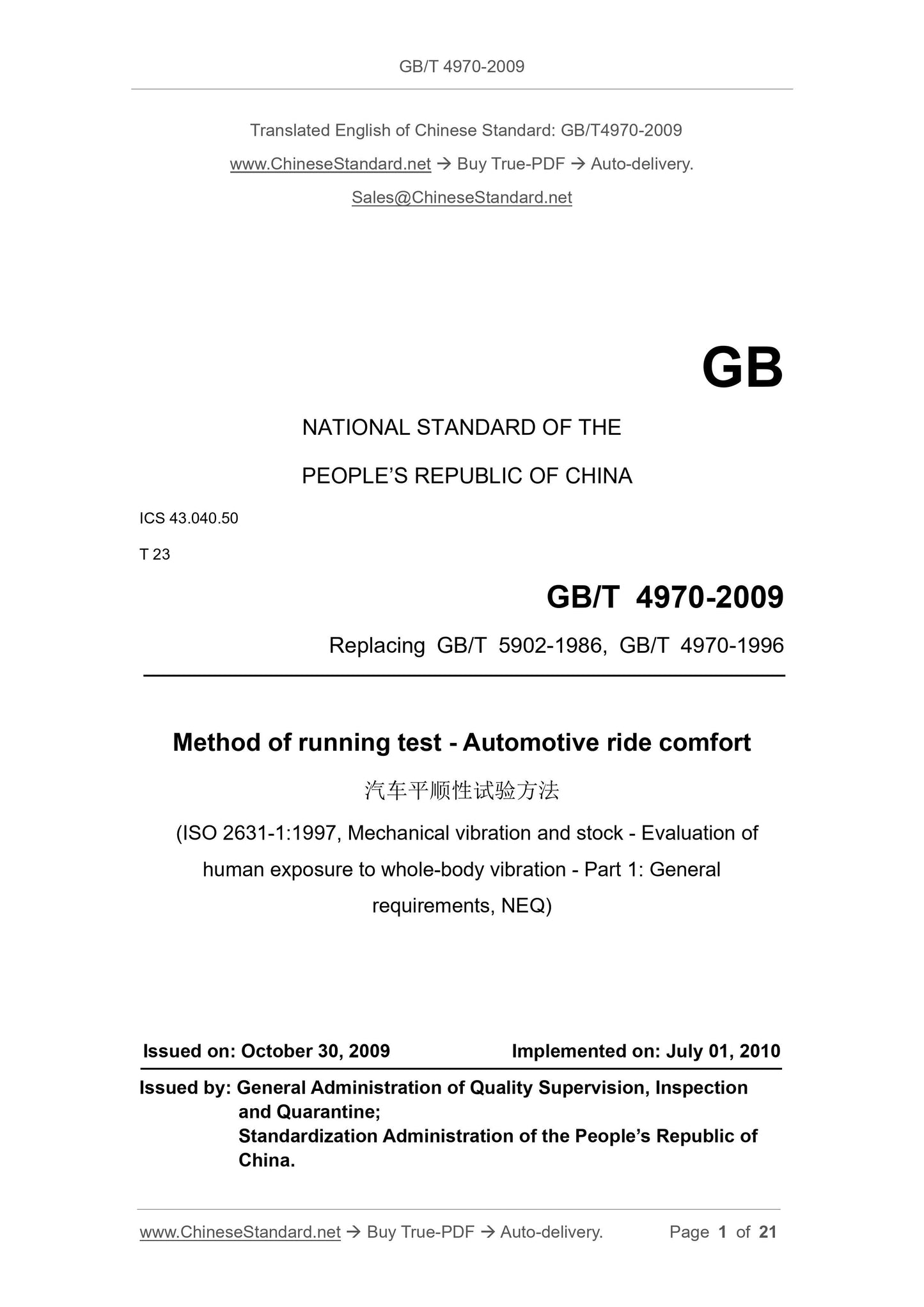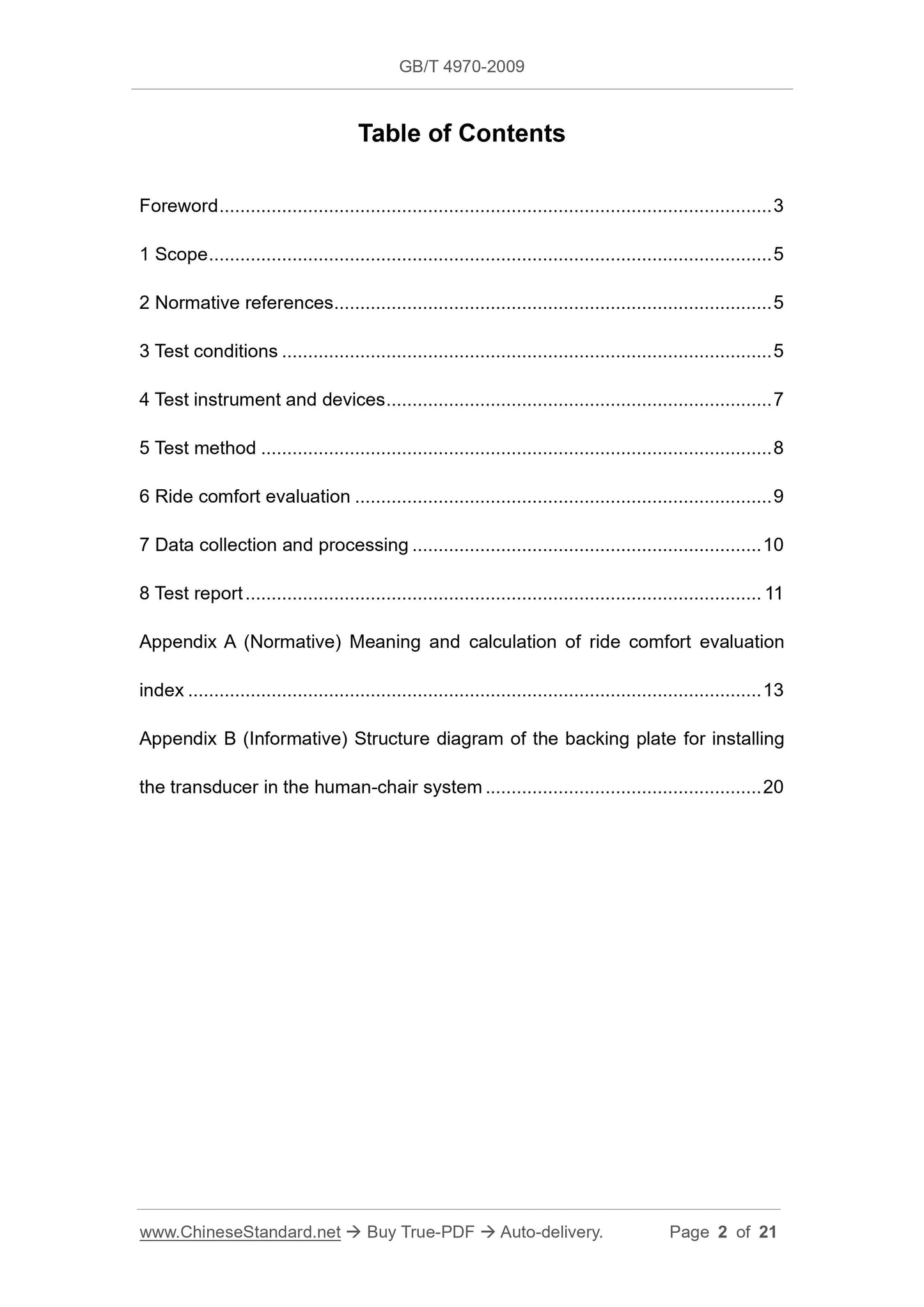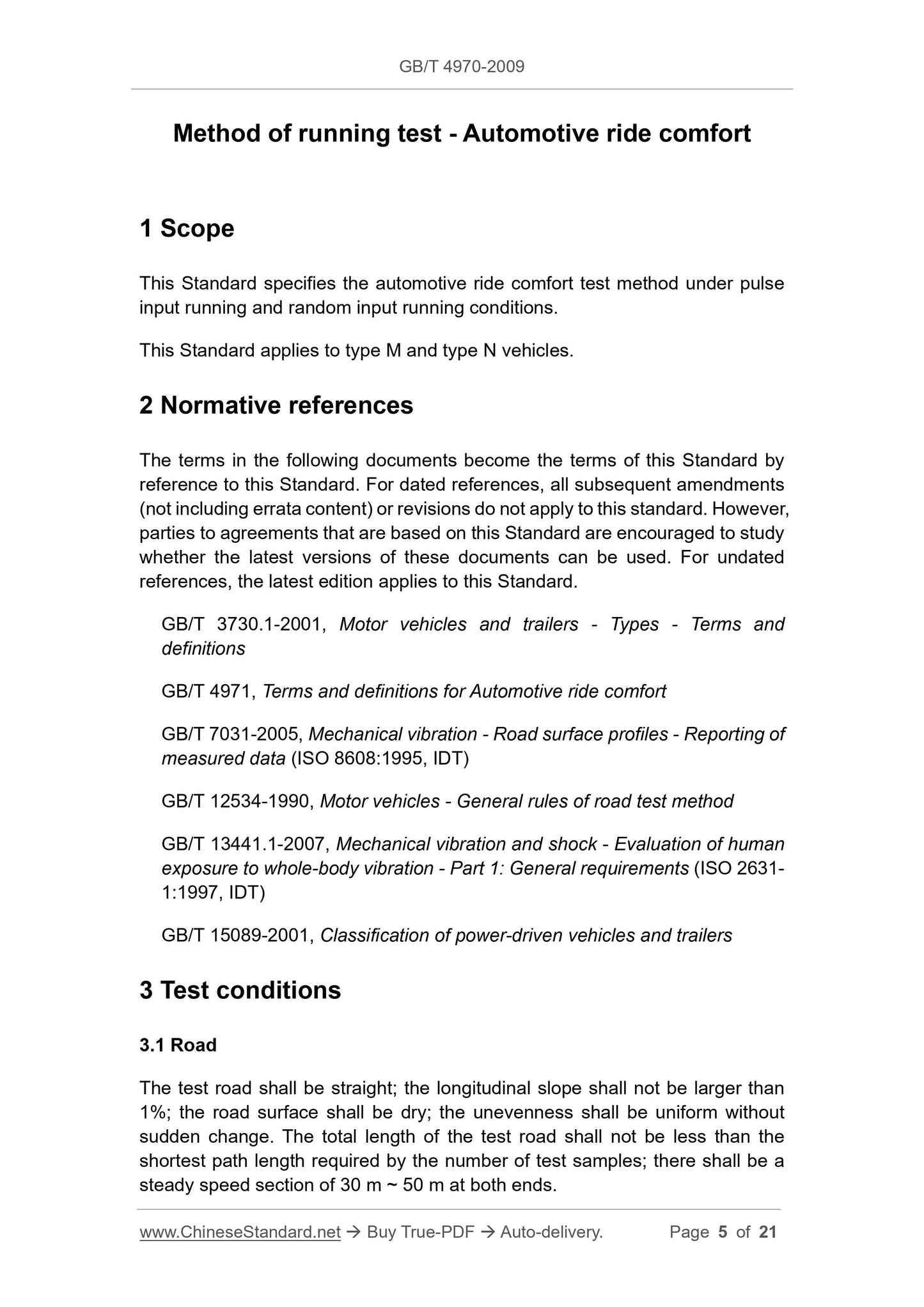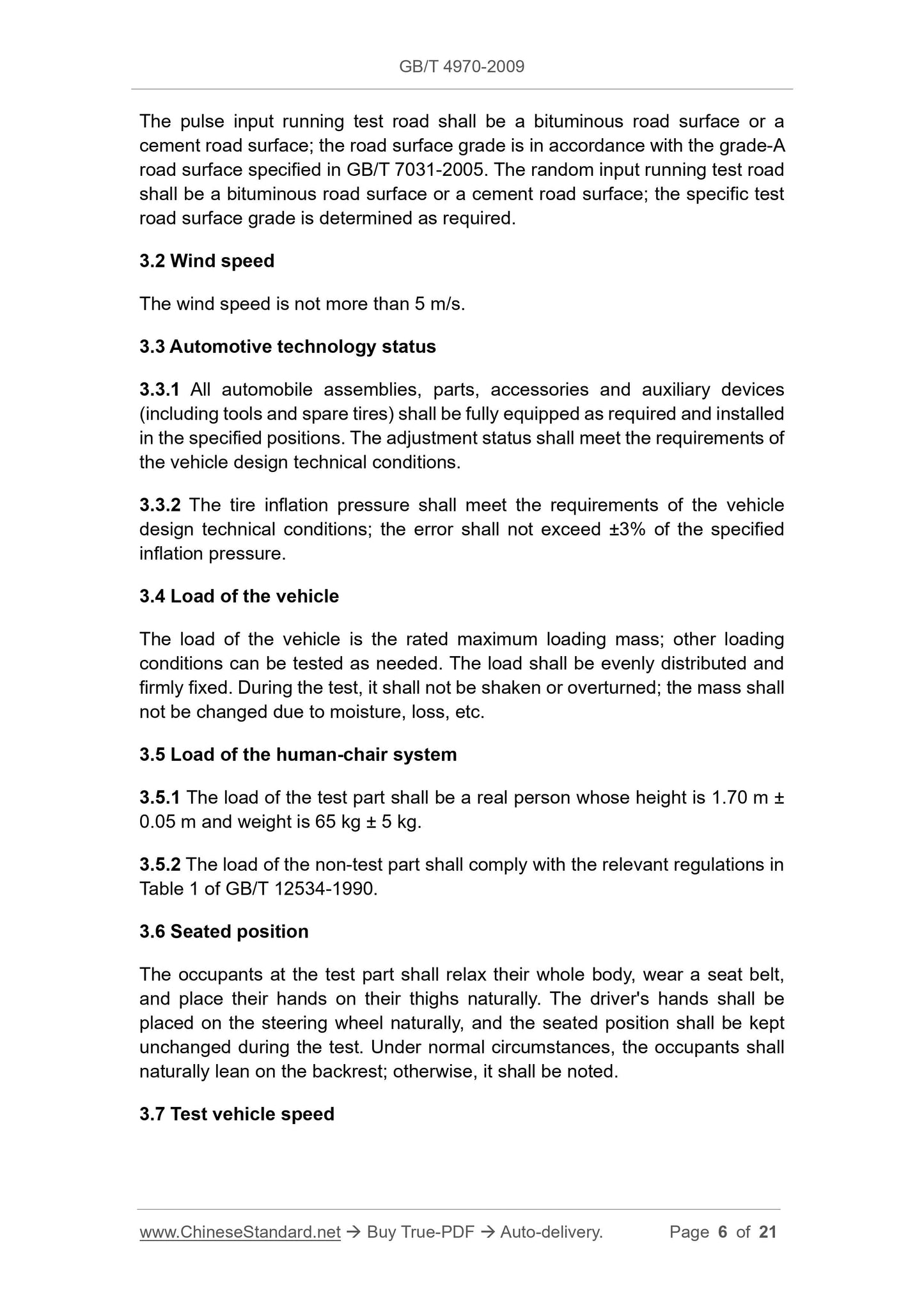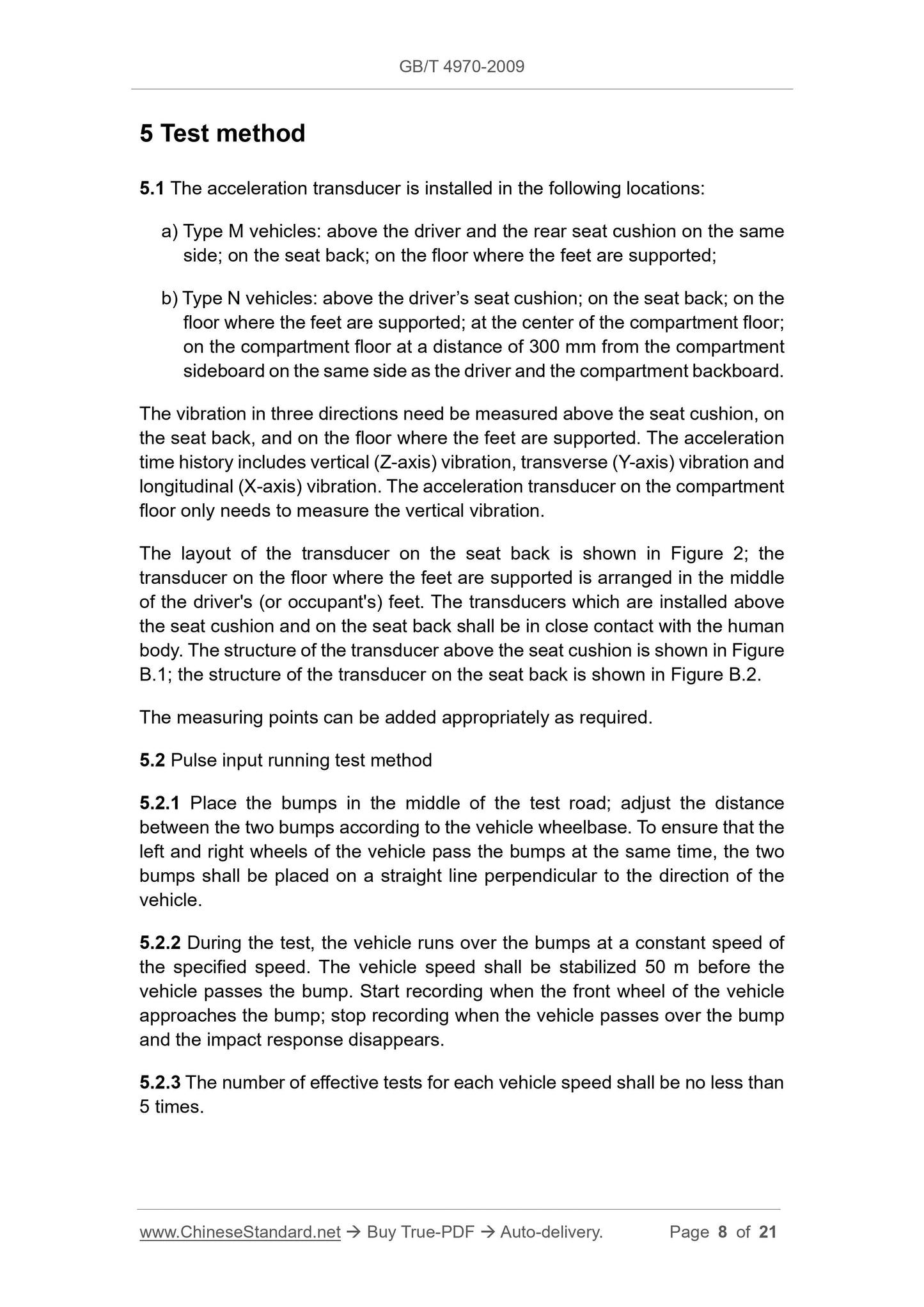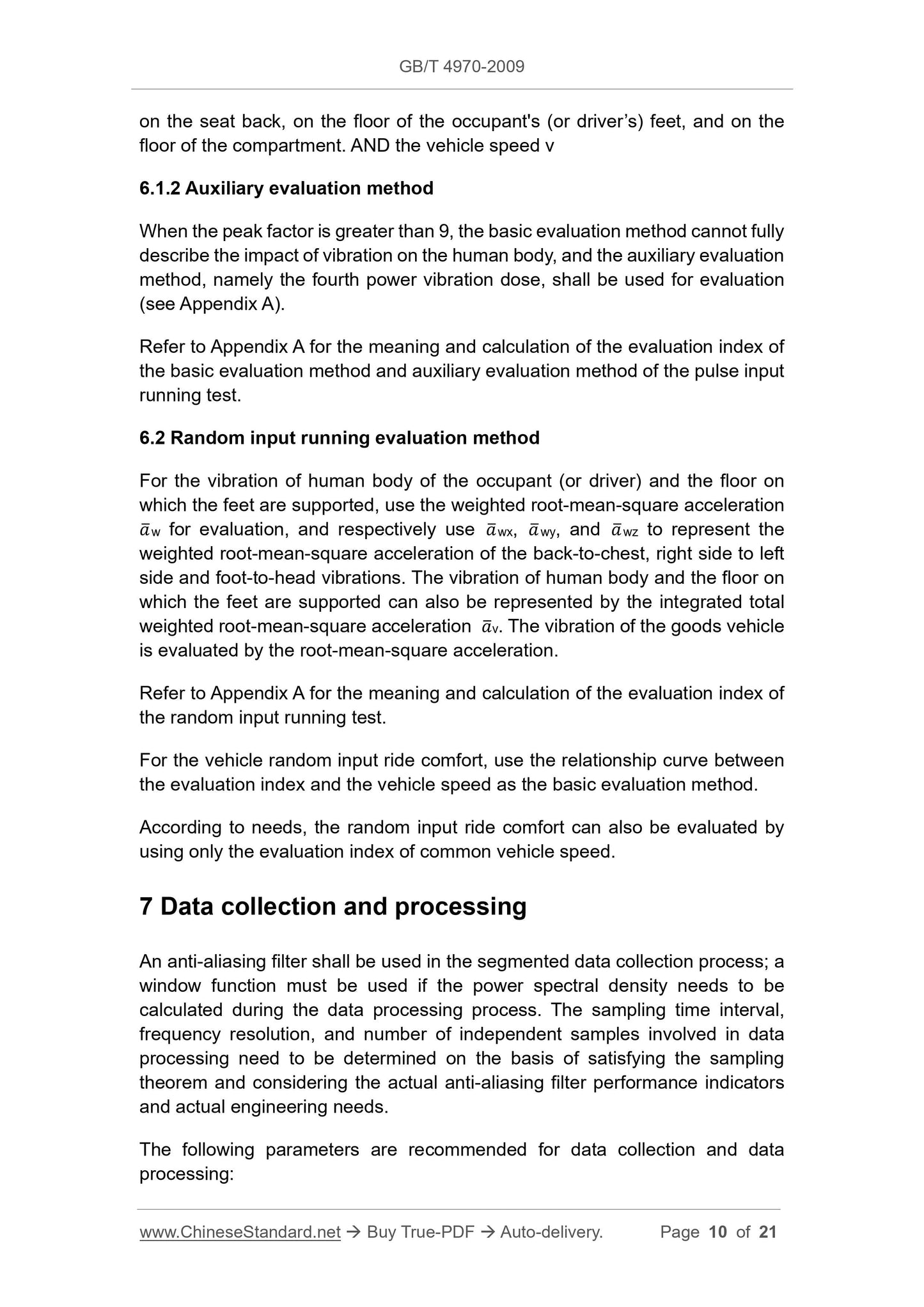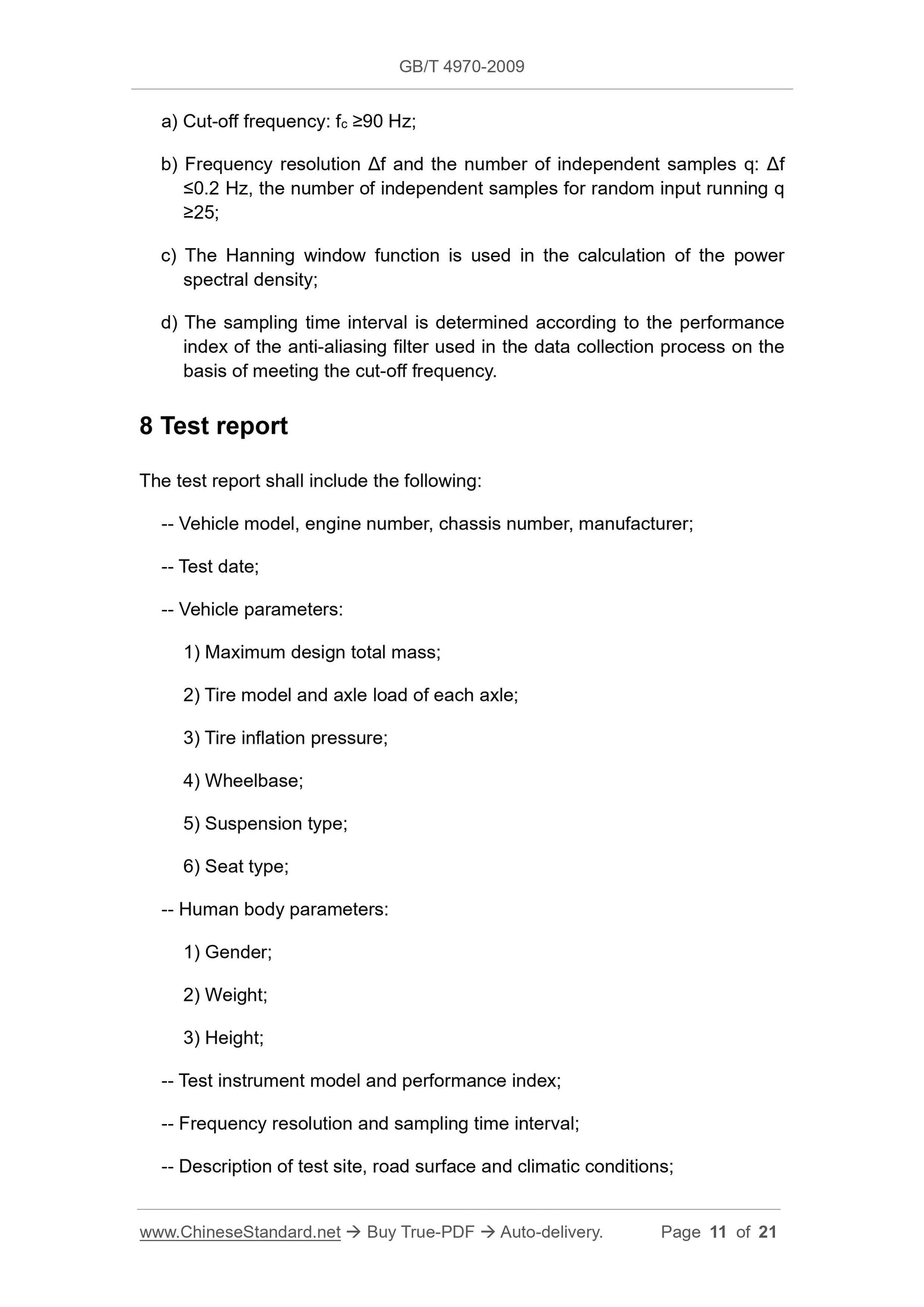1
/
of
7
www.ChineseStandard.us -- Field Test Asia Pte. Ltd.
GB/T 4970-2009 English PDF (GB/T4970-2009)
GB/T 4970-2009 English PDF (GB/T4970-2009)
Regular price
$105.00
Regular price
Sale price
$105.00
Unit price
/
per
Shipping calculated at checkout.
Couldn't load pickup availability
GB/T 4970-2009: Method of running test -- Automotive ride comfort
Delivery: 9 seconds. Download (and Email) true-PDF + Invoice.Get Quotation: Click GB/T 4970-2009 (Self-service in 1-minute)
Newer / historical versions: GB/T 4970-2009
Preview True-PDF
Scope
This Standard specifies the automotive ride comfort test method under pulseinput running and random input running conditions.
This Standard applies to type M and type N vehicles.
Basic Data
| Standard ID | GB/T 4970-2009 (GB/T4970-2009) |
| Description (Translated English) | Method of running test -- Automotive ride comfort |
| Sector / Industry | National Standard (Recommended) |
| Classification of Chinese Standard | T23 |
| Classification of International Standard | 43.040.50 |
| Word Count Estimation | 13,172 |
| Date of Issue | 2009-10-30 |
| Date of Implementation | 2010-07-01 |
| Older Standard (superseded by this standard) | GB/T 4970-1996; GB/T 5902-1986 |
| Quoted Standard | GB/T 3730.1-2001; GB/T 4971; GB/T 7031-2005; GB/T 12534-1990; GB/T 13441.1-2007; GB/T 15089-2001 |
| Adopted Standard | ISO 2631-1-1997, NEQ |
| Regulation (derived from) | National Standard Approval Announcement 2009 No.12 (Total No.152) |
| Issuing agency(ies) | General Administration of Quality Supervision, Inspection and Quarantine of the People's Republic of China, Standardization Administration of the People's Republic of China |
| Summary | This standard specifies test methods for car ride with pulse input and random input in the running condition. This standard applies to Class M, N category vehicles. |
Share
